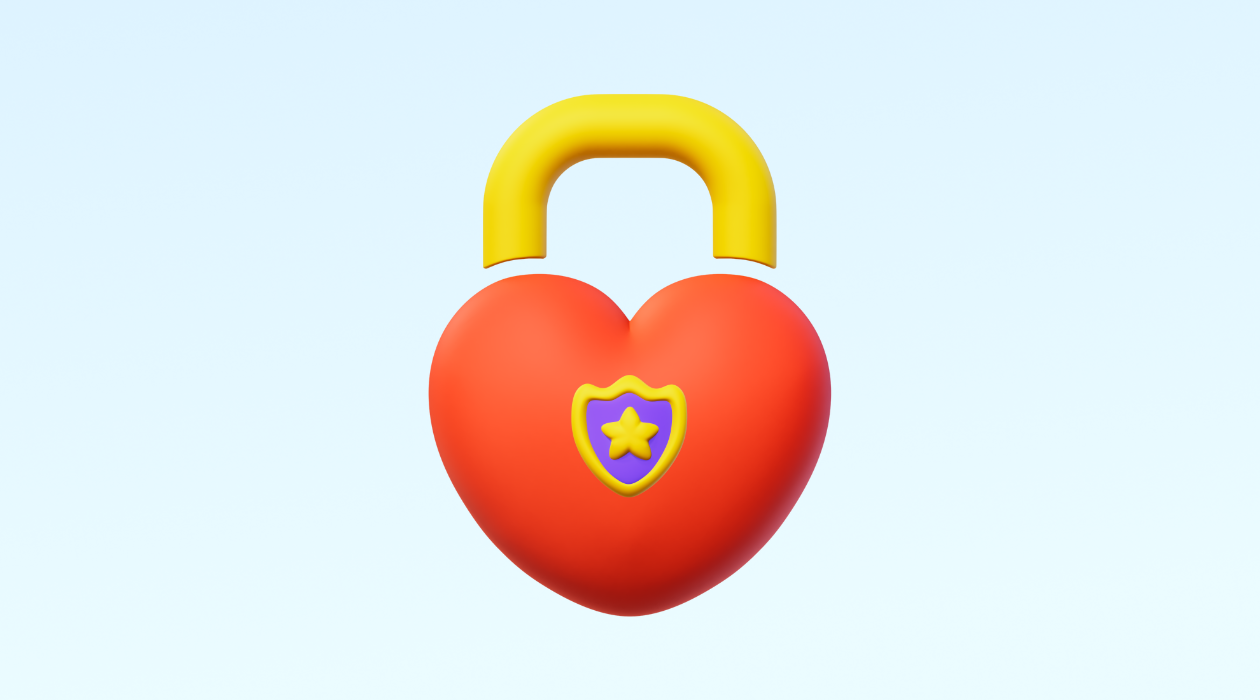School safety is on every district leader’s mind. But while many safety conversations focus on hardware—cameras, buzzers, fences—true safety goes deeper. It’s not just about keeping threats out. It’s about making sure every student feels safe enough to walk in.
Because here’s the truth: students can’t learn if they don’t feel safe.
What safety actually looks like
Ask any student what makes them feel safe at school, and you might be surprised. It’s less about metal detectors—and more about connection.
They’ll say:
- “I know my teacher notices when something’s wrong.”
- “There’s someone I can talk to when I’m upset.”
- “It’s calm. I know what to expect.”
Physical safety and emotional safety go hand in hand. One without the other isn’t enough.
Layering the safety net: What districts are doing now
We’re seeing innovative districts build comprehensive safety plans that blend physical protection with emotional care. That looks like:
- Smart entry systems with clearly communicated visitor protocols
- Digital communication tools to alert families and staff in real time
- Daily student check-ins that flag mental health concerns early
- Wellness teams that include counselors, social workers, and trusted staff
- Consistent routines that help reduce anxiety and increase predictability
Together, these efforts become a safety net—one that catches more than just the big stuff.
Building a culture of reporting and response
When kids and staff feel empowered to say something, everyone is safer. Districts are finding success with:
- Anonymous reporting tools
- Clear response plans that are actually practiced
- Communication channels that make it easy to reach out before a situation escalates
Safety isn’t just a protocol. It’s a culture.
Start with one question
What message does your district send about safety?
That it’s a checklist?
A barrier to learning?
Or a foundation for everything else?
When safety is felt—not just enforced—students show up, settle in, and start to grow. That’s what we’re here for.
Every district wants students to feel safe, supported, and ready to learn. But too often, “well-being” gets boiled down to a few posters on the wall or a week of themed activities. The truth? Student well-being is foundational—not just to academic success, but to school safety, attendance, and climate.
Why well-being is the baseline
When students feel emotionally and physically safe, they’re more likely to show up, stay engaged, and build meaningful relationships with their peers and teachers. Well-being isn’t a nice-to-have—it’s the heartbeat of every thriving school community.
In fact, a growing body of research shows that students who feel connected at school are:
- 3x more likely to attend regularly
- 5x more likely to report feeling safe
- More likely to meet academic benchmarks
And that connection starts with simple, consistent efforts to make every student feel seen and supported.
The small shifts that make a big difference
For district leaders, creating a culture of care doesn’t require a complete overhaul. It starts with asking: How are we weaving well-being into the everyday?
Here are a few examples we’ve seen working in districts across the country:
- Daily check-ins that help teachers spot early signs of concern
- Family communication tools that keep everyone in the loop
- Teacher training on trauma-informed practices and student mental health
- Consistent routines that offer predictability and calm
These aren’t just strategies—they’re signals to kids that they matter.
A stronger climate starts at the district level
Culture change starts at the top. When district leaders prioritize student well-being, it sends a clear message: We care about more than just test scores—we care about the whole child. That kind of leadership helps build momentum across schools and creates lasting impact.
Let’s make well-being real
As you plan for summer PD and look ahead to back to school, ask your teams:
- How are we measuring student well-being across our schools?
- What supports do our staff need to champion this work?
- Are we creating safe spaces—for all kids—to learn and grow?
Because when kids feel safe, seen, and supported, they thrive. And that’s the kind of success worth showing up for.











